NOBLEBORO — John Whalley knew he would be OK when the dice broke his way during a game of Yahtzee.
It was one of his regular Sunday night contests with his wife, Ellen, and her 93-year-old mother. The artist was in the midst of a long and often daunting battle with a rare form of lymphoma. He had every reason to be discouraged. His cancer had come back, and Whalley was running out of options.
More immediately on his mind was this frustrating game of Yahtzee. He was down to three turns and lacked a Yahtzee, four-of-a-kind and large straight. He needed all three to win.
Things looked bleak.
When his turn came up, he rolled a Yahtzee. Next time, he got the four-of-a-kind.
On his final turn, he nailed the straight.
He didn’t say a word but gave a look.
“What?” Ellen asked, confused by his satisfied smirk, which she called “the most unusual look I have ever seen from him.”
Whalley remained coy. “I’ll tell you later,” he said, “but you’re not going to believe it when I tell you.”
Home in bed later, Whalley told his wife that he heard a voice during the game: “You’re going to be completely fine.”
The voice referenced his health, but the proof of its legitimacy lay in the roll of the dice. There was no luck involved, Whalley said. The voice he heard was a voice of authority. He took comfort in the faith it inspired.
Now more than a year later, Whalley, 60, remains on the road to recovery, and next month opens his first exhibition of new paintings since he became sick three years ago. “Book of Days” opens July 3 at Greenhut Galleries in Portland and features nearly two dozen oil and egg tempera paintings and a few graphite drawings. Nearly all were completed within the past year, since Whalley regained enough strength to get back to work in his studio.
Whalley is known for his painstakingly realistic paintings. He often paints antique objects that he and his wife collect from shops and sales around the region. They fill his studio nearly from floor to ceiling – colored glass bottles, old baseballs, hose nozzles, oars, clocks, trumpets, door knobs and tools, all showing the patina of age, use and wear.
“Book of Days” also includes landscapes, many culled from a Stonington sojourn the couple took after they returned from an extended stay in Boston, where he received treatment that involved a stem-cell transplant.
COURSE CORRECTION
The exhibition takes it names from an antique day book that Whalley picked up at a garage sale. It’s a tattered old thing, with a weathered binding and a cover layered with the dirt and oil of hands and fingers. In his painting, Whalley placed on the cover a navigational tool known as a divider. Sailors use a divider to chart a course.
Like the voice that told him he was OK, the day book helped ground him during his treatment and recovery. It showed his way forward.
People use day books to record activities and appointments, and Whalley saw it a measurement of time. As he sat with the book and pondered its significance to his life, he concluded that his days were measured, and there was little he could do to change what already was determined.
“Given a new chance, I have a different reverence for every day and how I spend my time,” Whalley said. “You want to be a better custodian of the days you do have.”
Whalley’s health troubles began in a place that has long been dear to him: Brazil. He volunteers at the New Horizons Youth Ranch in Goias, Brazil, and spent many years there helping to establish and run the ranch.
It was during his most recent trip there three years ago that he started to feel ill. His joints ached, he couldn’t stop shivering, and his hands and feet swelled.
When he got back to Maine, he broke out in hives so severe that his face became disfigured. He had difficulty breathing and developed a sore in the back of his throat that wouldn’t heal.
Doctors thought he had contracted a flesh-eating disease during his time in Brazil. He underwent a battery of tests that were inconclusive, and in fall 2012 he and Ellen went to Boston to meet with cancer specialists at Massachusetts General Hospital.
They eventually diagnosed his condition as angioimmunoblastic T-cell lymphoma, which also led to him developing B-cell lymphoma. He underwent six months of chemotherapy treatments beginning in October 2012. By the following spring doctors said he was in remission. At that time, his stem cells were removed and filtered, and reintroduced.
He came home to Maine in April 2013 encouraged that he was on the road to recovery. Later that month, his cancer returned.
He went back to Boston for more treatment, this time agreeing to a clinical trial of a new drug. His treatment began in May, and in mid-June a scan suggested he was cancer free.
That did not end his ordeal. Because his cancer had come back once before, doctors wanted to do a another stem cell treatment, this time with a transplant from a donor. He spent three months in Boston for treatment and recovery, and he returned to Maine in the fall. He began painting again in the winter.
“Every day I had any energy, I put it into this show,” he said.
It’s been a slow process, full of setbacks, but he feels as close to normal now as he has since he got sick three years ago. “Some days are better than others,” he said. “And sometimes I feel a little spacey. It’s just different. Somehow you feel you’re not in the same body you were in before.”
He goes for his next scan soon after the Greenhut exhibition opens and said he is not worried about the results. He is optimistic they will be positive. He has felt confident and mostly stress free since he heard that mystery voice declare that he would be OK. If not, he said, it’s out of his hands, like the passing of each day.
STRONG SUPPORT NETWORK
Throughout the process, Whalley has had the support of his friends and neighbors, as well as a community of artists. Among them is Peter Korn, executive director of the Center for Furniture Craftsmanship in Rockport.
Korn hired Whalley to teach a drawing class at the school several years ago, and the two have become friends. Korn faced his own cancer diagnosis several years ago and also had to summon the will to withstand a recurrence of the disease after he thought he beat it once.
He admires Whalley’s positive attitude. “For John, the glass is one drop full rather than 99 percent empty,” Korn said. “He is such a warm, gentle, generous man. And he’s a great teacher, because he’s all encouragement for the students. He creates a safe and encouraging environment in which to draw.”
A neighbor, Deb Becker, is among a group of close friends who looked after the Whalley house while they were out of town. In the warm months, they mowed the yard, fed the birds, kept up with the garden. In the winter, they shoveled snow and made sure the house was warm when the Whalleys came back from Boston. She described the network of friends who supported the Whalleys as a “cocoon. We surrounded him and made a safe place.”
She appreciates their friendship because Whalley has helped her see the world through an artist’s eyes.
“The artist in him describes what he is seeing in a way you cannot imagine,” she said. “I saw him at his absolute worst, and even then both John and Ellen had such enormous faith and were always positive. He’s driven, but not driven in a negative way. It’s in him to put out the expression of what’s on his mind, what’s in his heart. He just does it. I think there were a lot of times he could have been way too exhausted to do any of it, but he kept on going.”
The exhibition at Greenhut is proof of that effort.
Gallery owner Peg Greenhut Golden told Whalley a year ago that she would put up a show of his work even if he only had one or two new paintings to exhibit. When he came up with almost two dozen, she was stunned.
“This work is better than ever,” she said.
One of the paintings in the show offers a perspective of a half-painted house overlooking the water in Stonington. It’s a majestic clapboard house, rising high atop a hill that overlooks Stonington Harbor in the near distance. The color of fall shows in the yellowing grass and bare shrubs that ring the house.
The bottom half of the house has a fresh coat of white paint. The top is a faded dull green, with boards that have been scraped and are awaiting treatment. The house is battered, but still standing.
Better days are ahead.
Staff Writer Bob Keyes can be contacted at 791-6457 or:
Twitter: pphbkeyes
Send questions/comments to the editors.


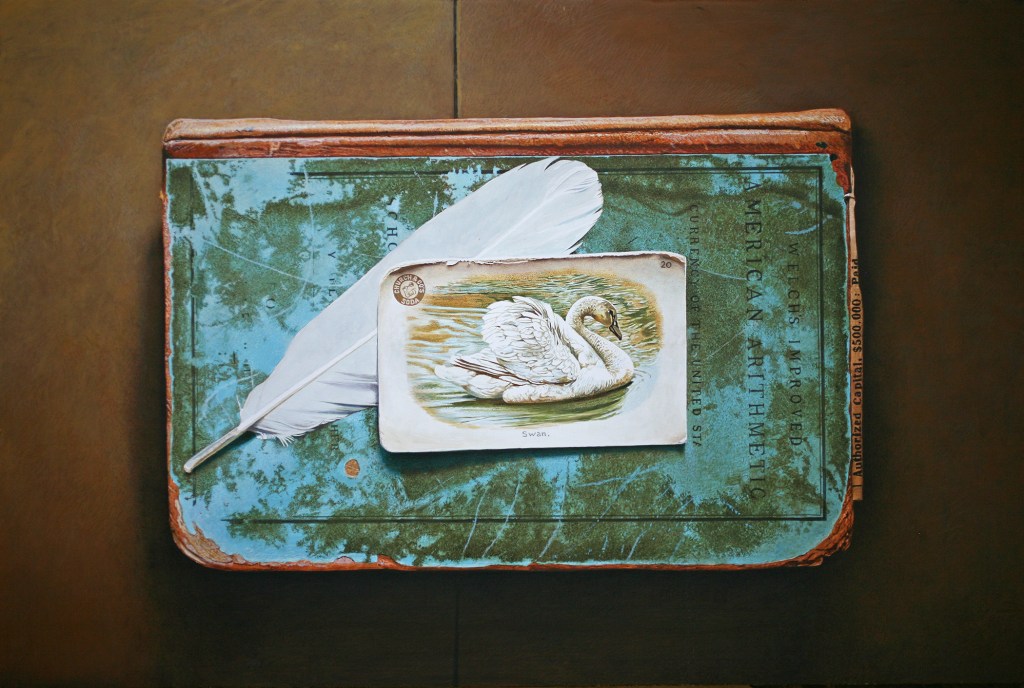
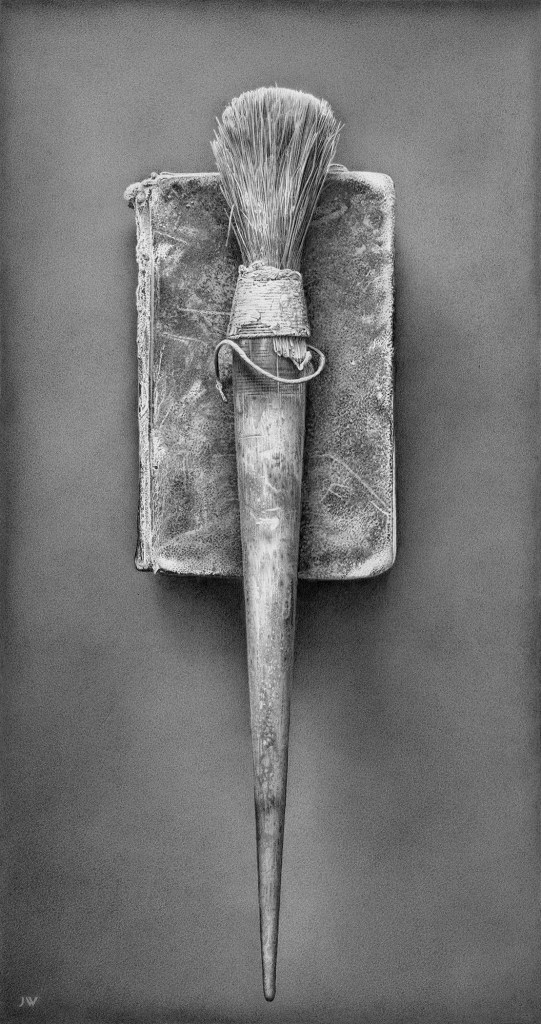

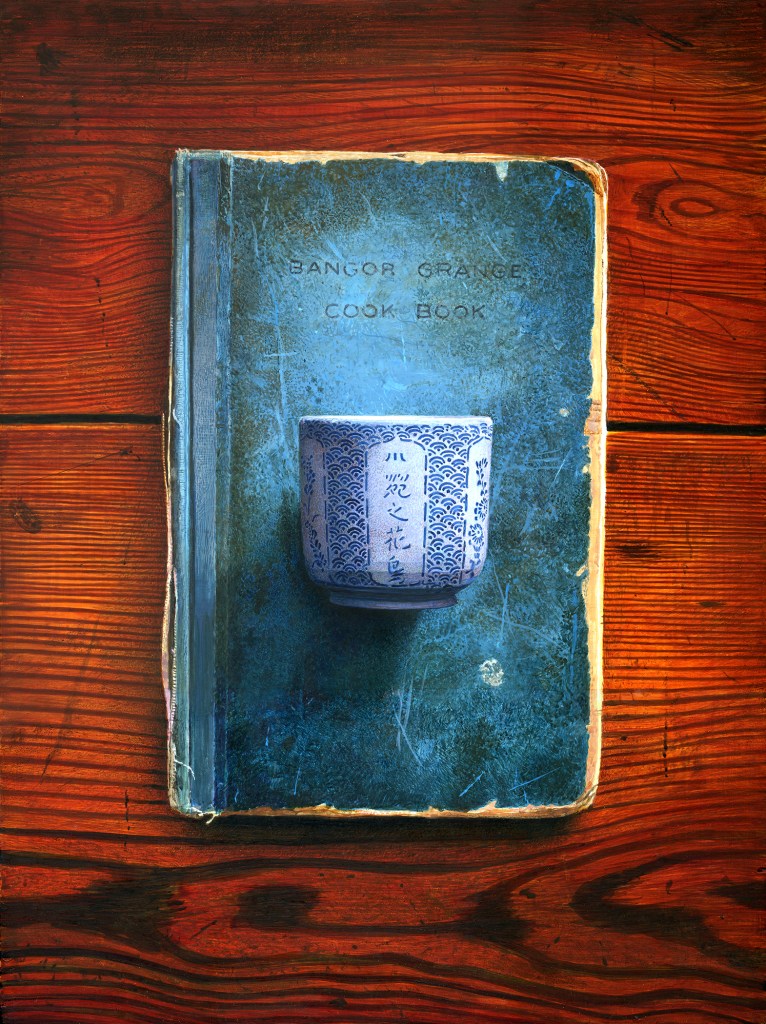
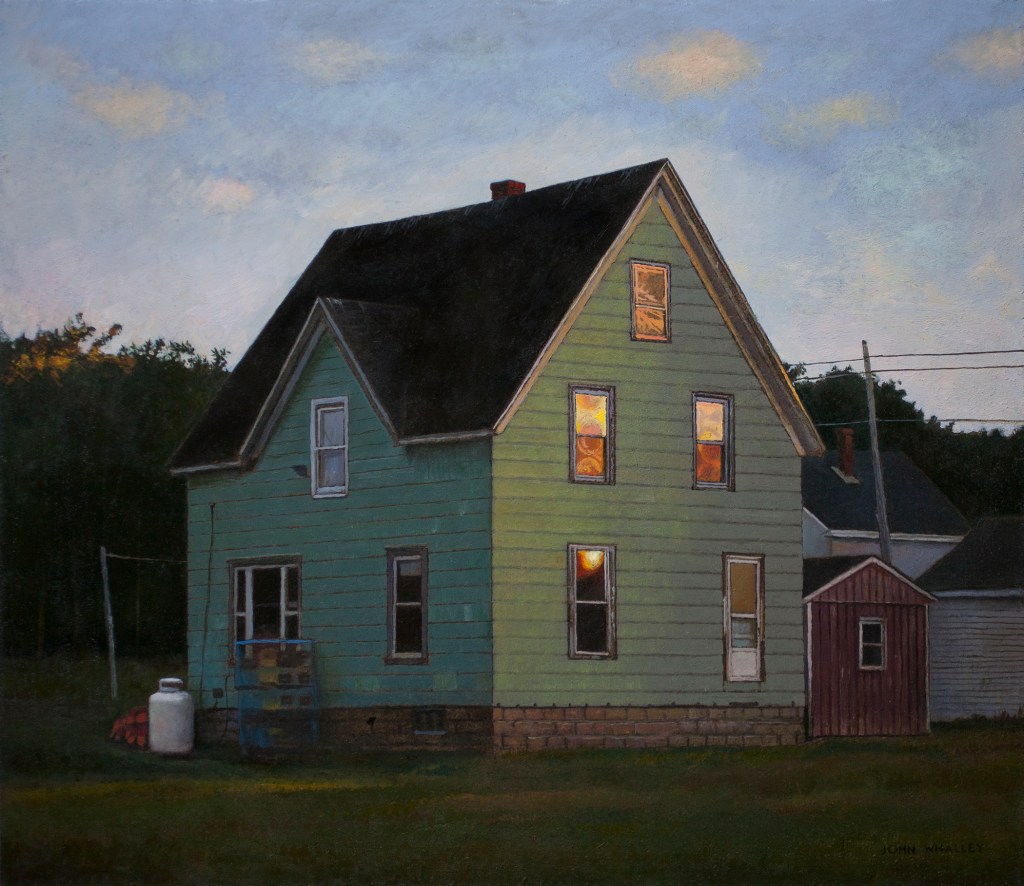
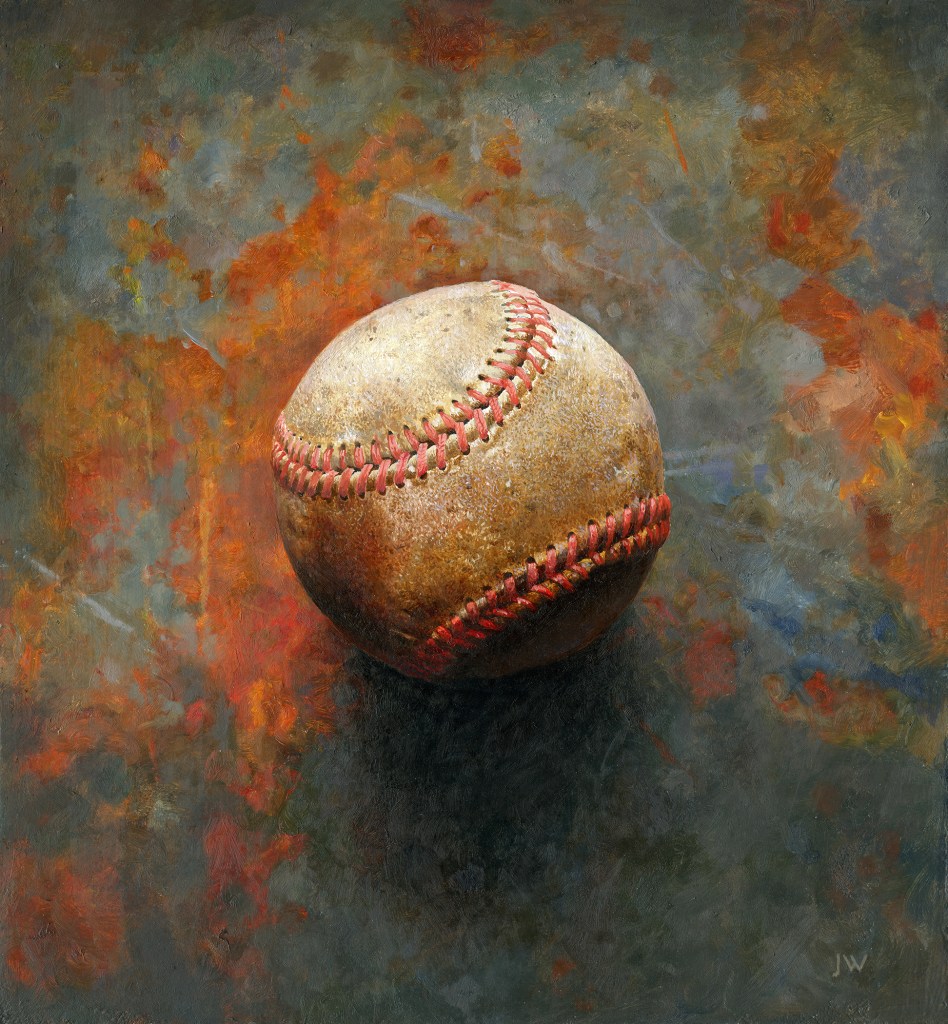
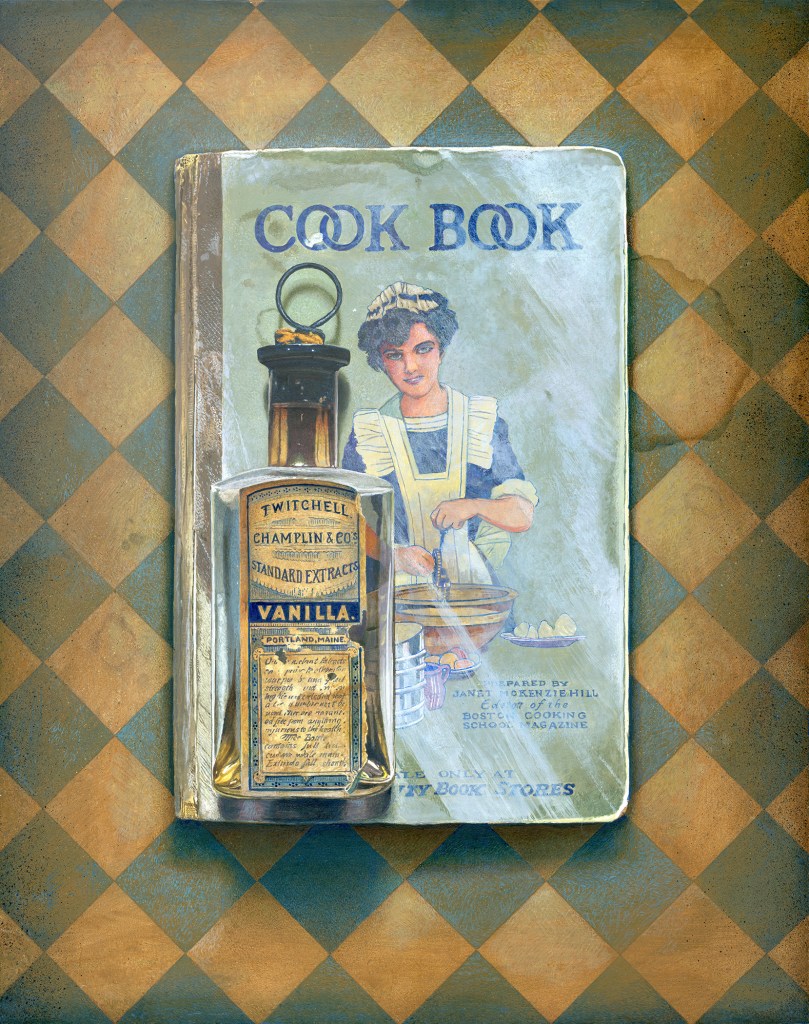
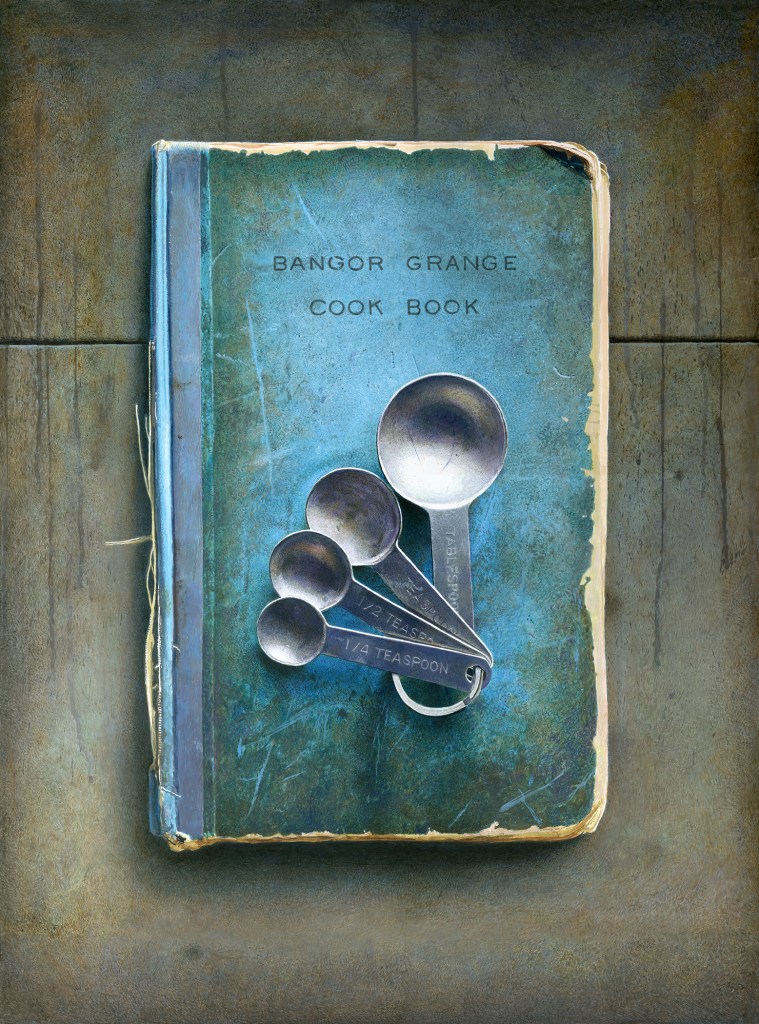
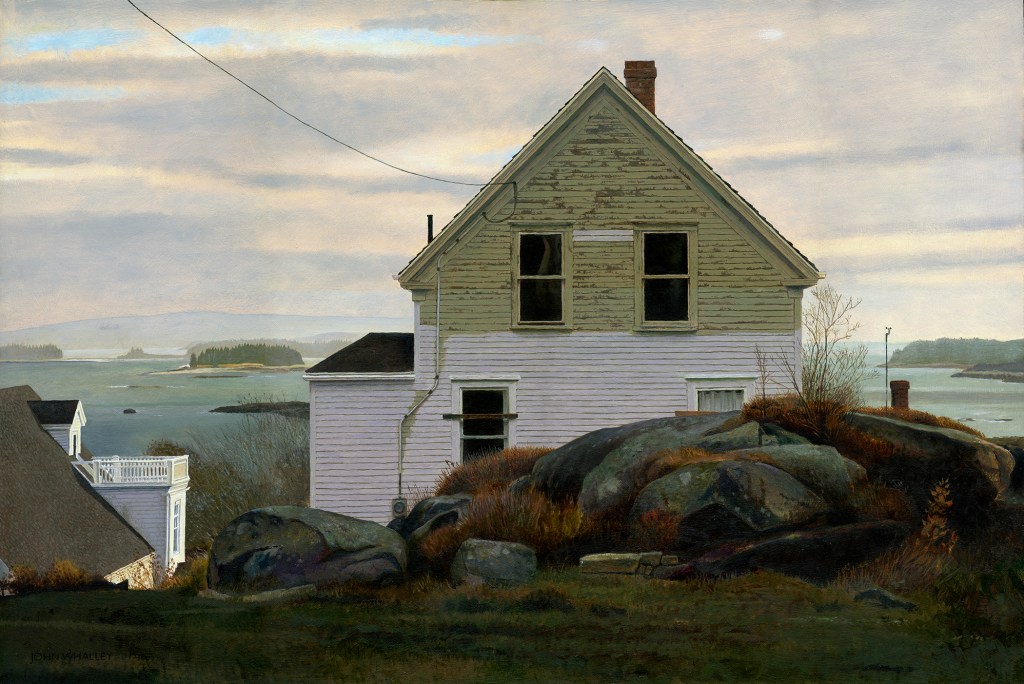
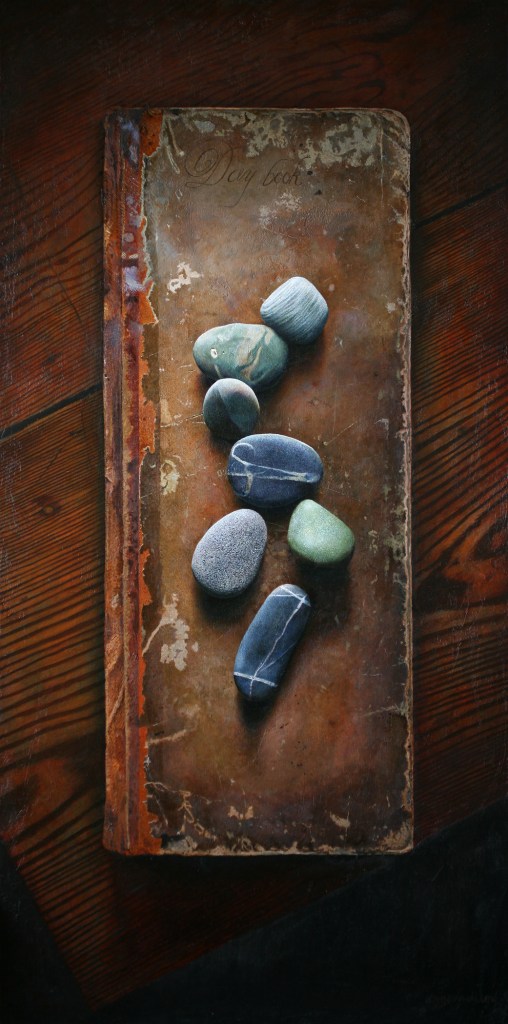
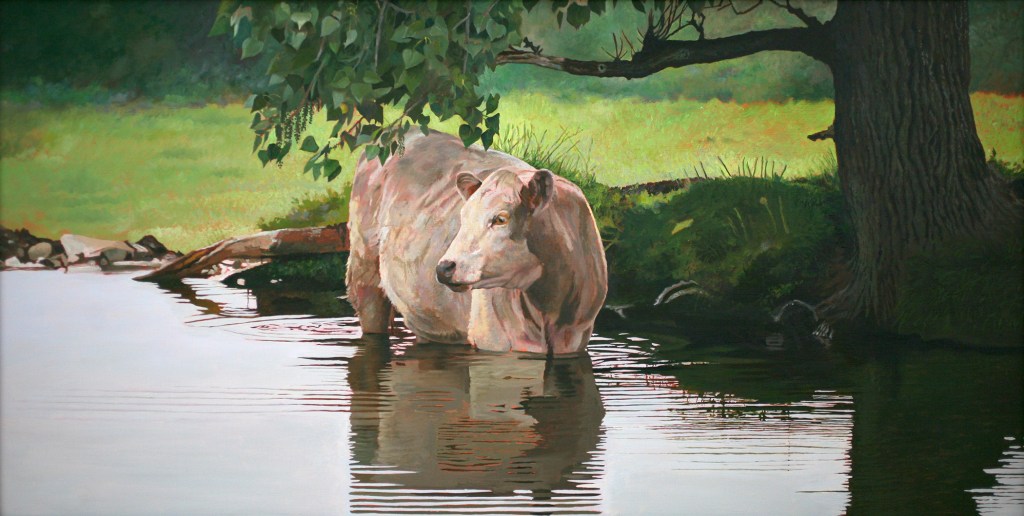
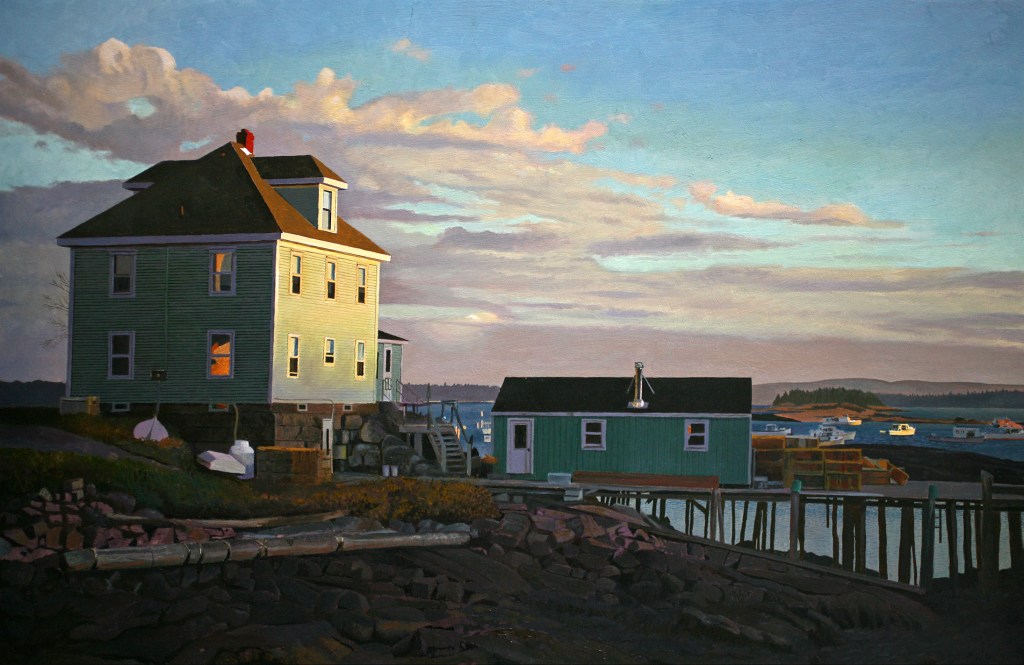
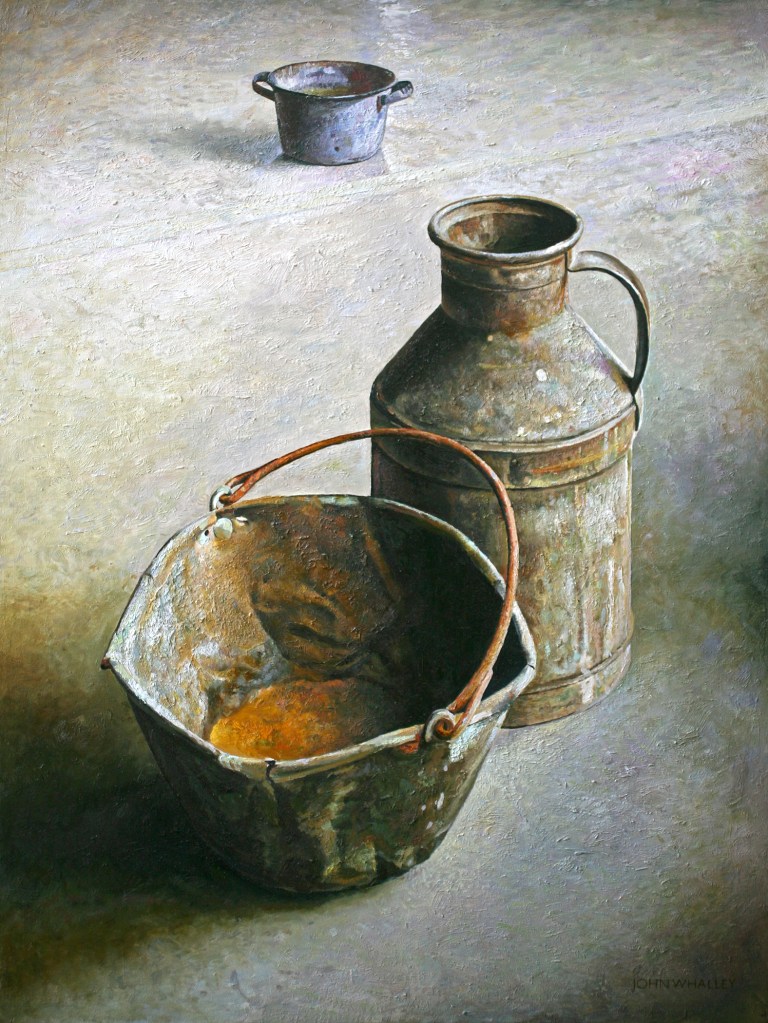
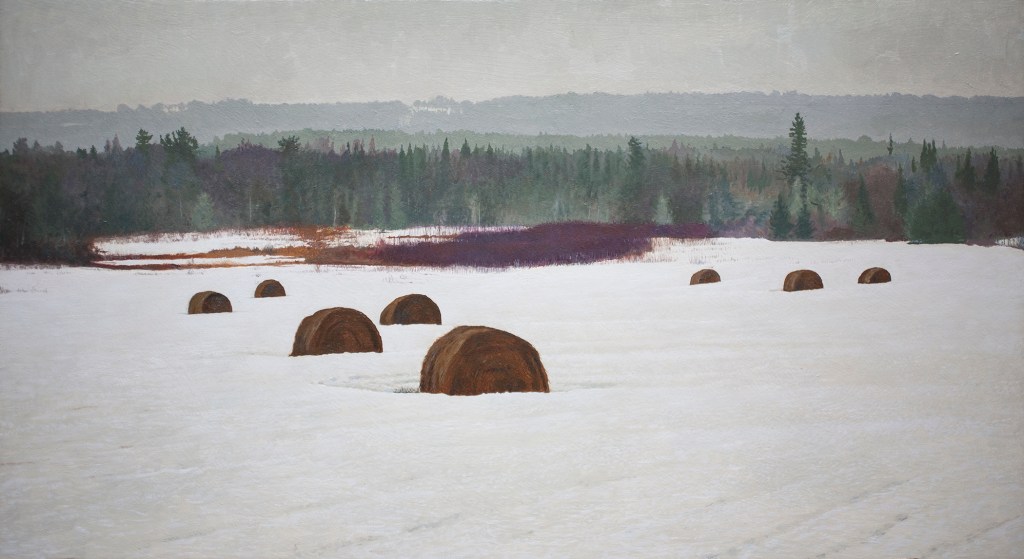
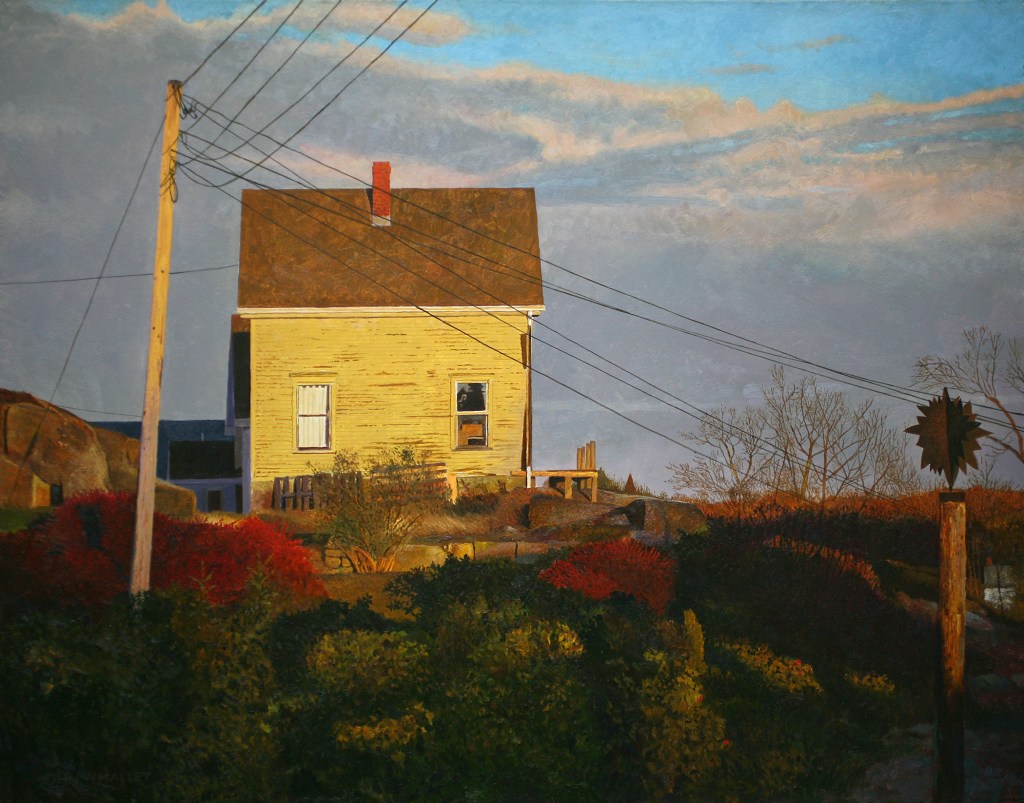

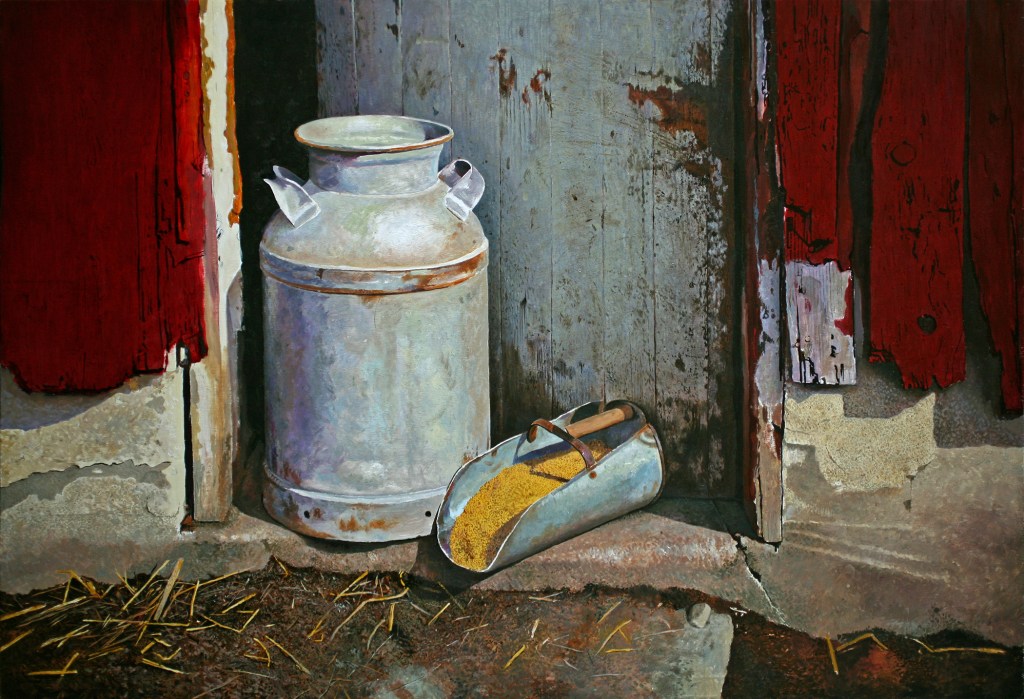


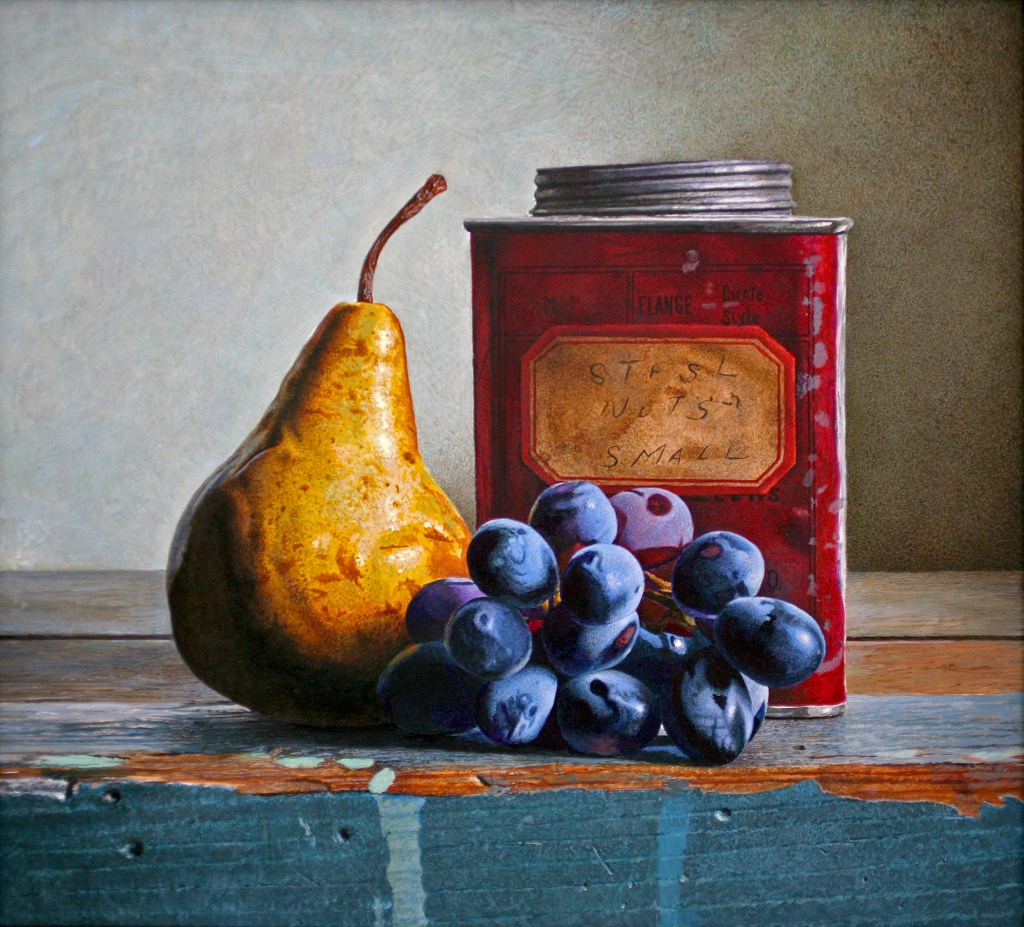


Success. Please wait for the page to reload. If the page does not reload within 5 seconds, please refresh the page.
Enter your email and password to access comments.
Hi, to comment on stories you must . This profile is in addition to your subscription and website login.
Already have a commenting profile? .
Invalid username/password.
Please check your email to confirm and complete your registration.
Only subscribers are eligible to post comments. Please subscribe or login first for digital access. Here’s why.
Use the form below to reset your password. When you've submitted your account email, we will send an email with a reset code.